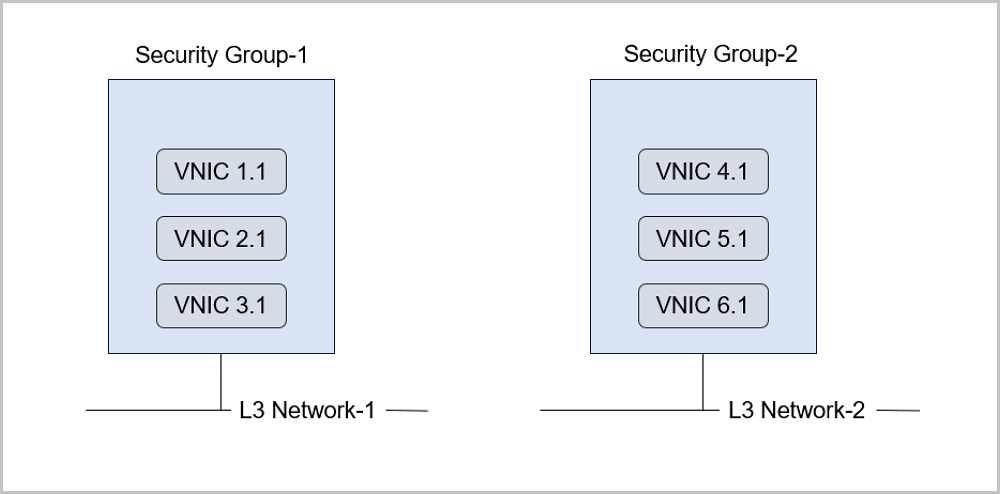云轴科技 ZStack Cloud
- Account Home
- Help & Support
- Training
ZStack Cloud provides VM instances with multiple network resources, including VPC firewall, security group, virtual IP address (VIP), elastic IP address (EIP), port forwarding, IPsec tunnel, load balancing, and flow monitoring.
Network Service Module provides a group of network services. Note that this module has been hidden on the UI.
Provides various network services: DNS, SNAT, load balancing, port forwarding, EIP, and DHCP.
ssh-key injection. By running cloud-init, these parameters will be loaded and injected into your VM instance when the VM instance is started. Note: The DHCP service includes the DNS feature.
Note: The DHCP service includes the DNS feature.ssh-key injection. By running cloud-init, these parameters will be loaded and injected into your VM instance when the VM instance is started. Note: The DHCP service includes the DNS feature.
Note: The DHCP service includes the DNS feature.ssh-key injection. By running cloud-init, these parameters will be loaded and injected into your VM instance when the VM instance is started.ssh-key injection. By running cloud-init, these parameters will be loaded and injected into your VM instance when the VM instance is started.A firewall is an access control policy that monitors ingress and egress traffic of VPC vRouters and decides whether to allow or block specific traffic based on the associated rule sets and rules.
ZStack Cloud allows you to associate rule sets and rules with the ingress and egress direction of VPC vRouter NICs. Then traffics that flow in or out of the VPC vRouter NICs are filtered based on the rule priority, match condition, behavior, and the effect direction. This ensures the security of data communications across VPC networks, of VPC vRouters, and of user business operations.

| Item | Security Group | Firewall |
|---|---|---|
| Application scope | VM NIC | The entire VPC network |
| Deployment mode | Distributed | Centralized |
| Deployment location | VM instance | VPC vRouter |
| Configuration policy | Supports only Allow policies | Allows you to customize Accept, Drop, or Reject policies as needed |
| Priority | Takes effect based on the predefined rule sequence | Allows you to customize priorities |
| Match condition | Source IP address, source port, and protocol | Source IP address, source port, destination IP address, destination port, protocol, and packet status |
A security group provides security control services for VM instances on the L3 network. It filters the ingress or egress TCP, UDP, and ICMP packets of specified VM instances in specified networks based on the specified security rules.
 Note: If you specify both a CIDR block and a security group, only the ingress data from the intersection of the security group and CIDR block or egress data to the intersection of the security group and CIDR block is allowed.
Note: If you specify both a CIDR block and a security group, only the ingress data from the intersection of the security group and CIDR block or egress data to the intersection of the security group and CIDR block is allowed.
Email Us
contact@zstack.ioEmail Us
contact@zstack.ioThe download link is sent to your email address.
If you don't see it, check your spam folder, subscription folder, or AD folder. After receiving the email, click the URL to download the documentation.Thank you for using ZStack products and services.
Submit successfully.
We'll connect soon.Thank you for choosing ZStack products and services.